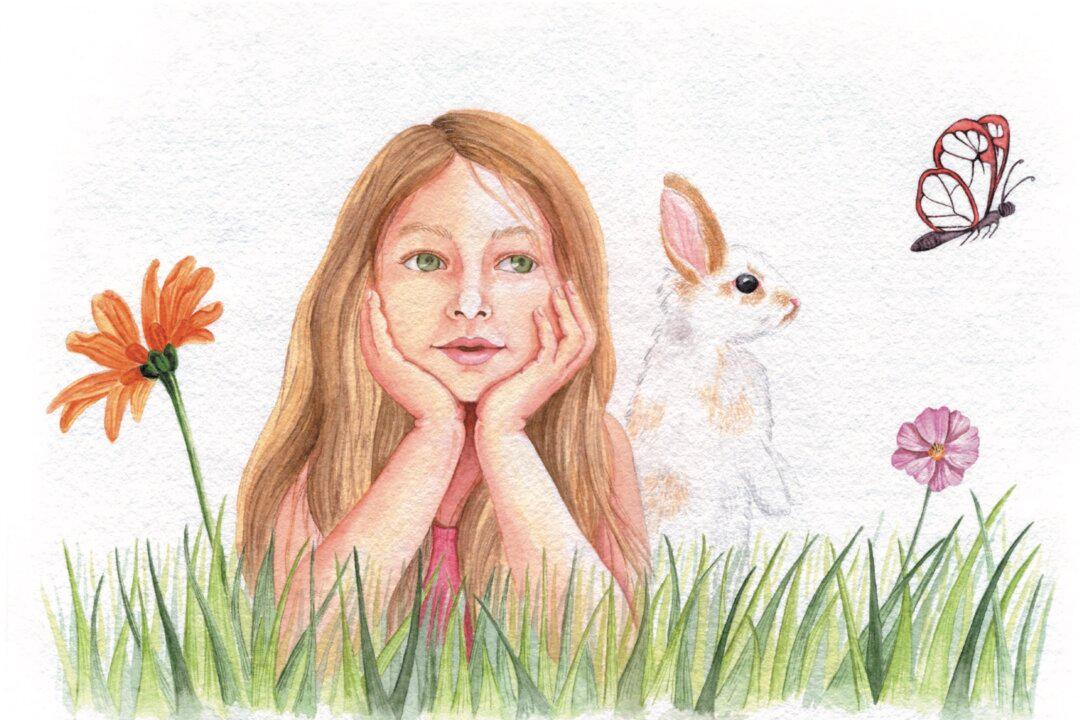Have you heard the term “branding yourself?” It’s a new term being used by young entrepreneurs and being exploited by young millennials. The new trend is to brand yourself. Give yourself a logo, pictures of yourself that portray yourself a specific way, a motto, and most importantly, a website that uses specific colors and all of the parts of the brand that make you unique and special.
If you are confused, that’s okay. There are lots of millennials out there ready to help you out. They have developed entire companies around helping you find your brand. For just a few thousand dollars, they can find you a new hairdo and new wardrobe and photograph you to look like a model doing what you do. There are website creators who can find just the right colors for your website. They can give that website just the look that fits your business. Of course, it might be better if you hire a designer first to create your logo and give you a variety of design ideas before you actually go to the website creator. It all depends how important branding is to you.





